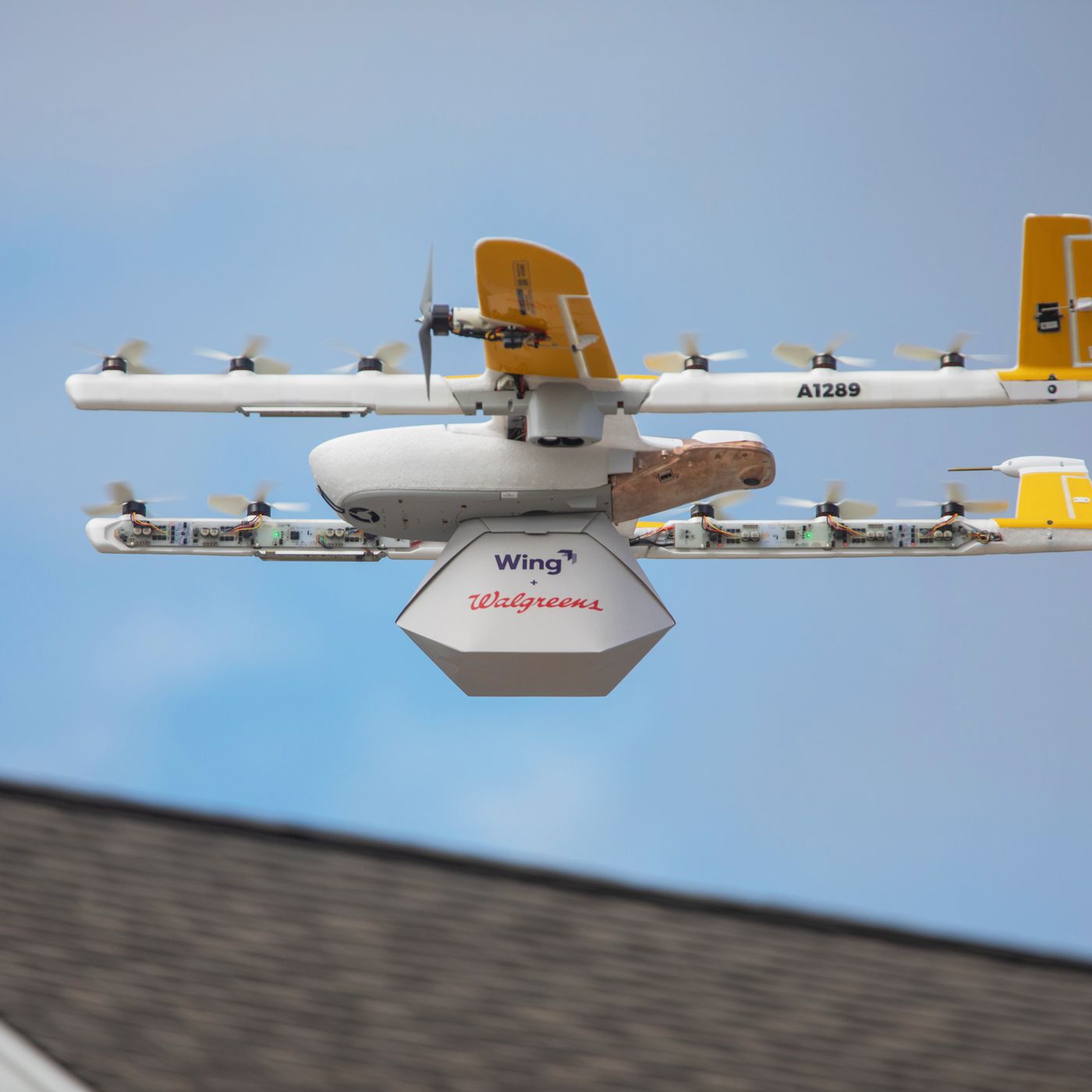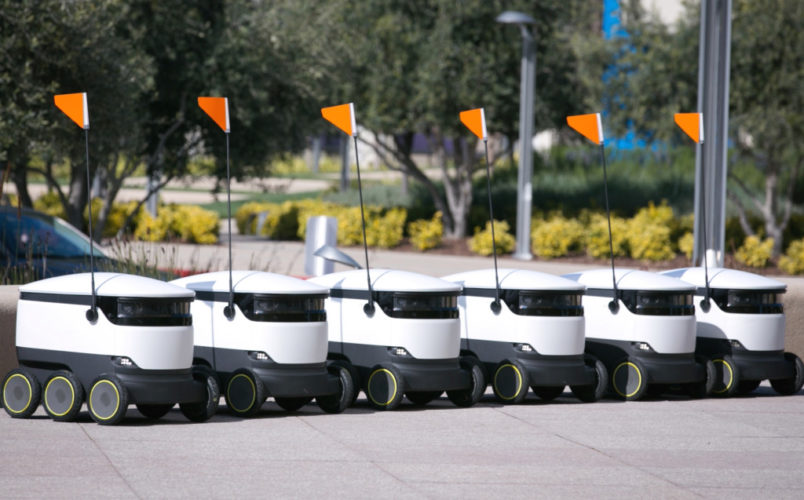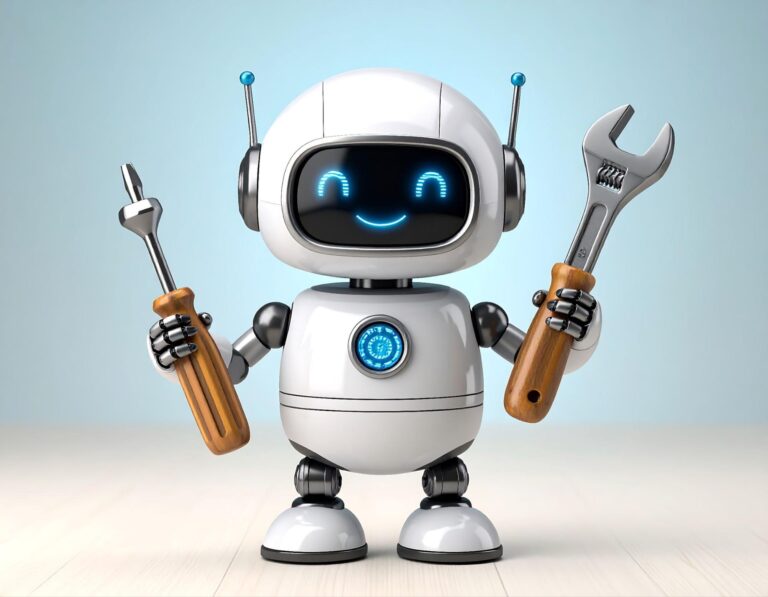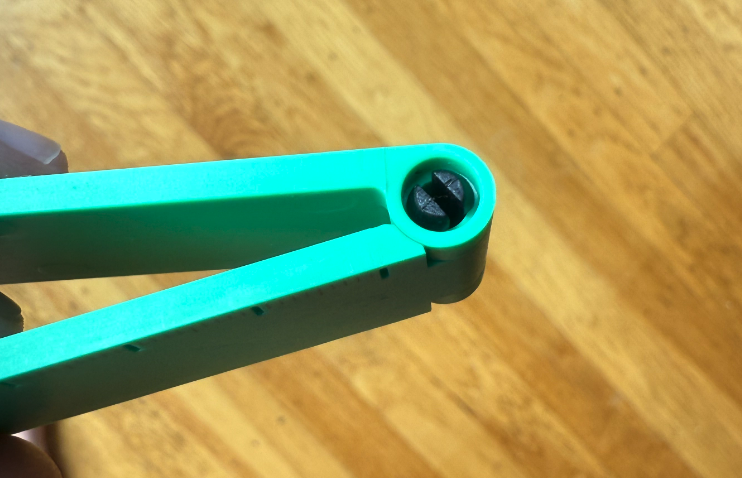Time to read: 5 min
The “Robotics to the Rescue” session title from CES 2021 captured the shift in sentiment towards robotics that has taken place as the pandemic has led people to discover how robots can make life safer and better for all of us, increasing acceptance. Robotics stands out as one of the fields where both innovation and adoption will benefit most from the aftermath of the pandemic. This will have massive implications, from autonomous driving to drone delivery to more resilient supply chains. Robotics can help us address a number of key economic and societal challenges, and change the way we live. But a lot hinges on the ability of industry and regulators to work together.
The Pandemic as an Accelerator
This is perhaps unsurprising, given that Covid-19 has required the widespread adoption of social distancing, isolation and quarantines, but the 2020 pandemic has been a powerful accelerator for both innovation and adoption in robotics technology. Kathy Winter, who heads Intel’s Autonomous Transportation and Infrastructure Division, put it very clearly: “The key use cases were already envisioned, but this past year has accelerated adoption across the board: the need for sanitizing factories and making them safe for workers, the need for a sanitized vehicle,” have all become much clearer and more urgent.
This has translated into massive business growth for those companies that were ready to step in. Starship, which deploys ground delivery robots, especially for food and groceries, has seen its volumes triple in the aftermath of the pandemic, says CEO Ahti Heinla. James Ryan Burgess, CEO of Wing, could boast a 6-fold increase in their services – Wing offers deliveries through a fleet of flying drones equipped with both the traditional rotors and with wings.

Robots as a Force for Good
The fact that robots could come to the rescue, as the session’s title indicated, has also helped change the public perception, shifting it away from the classic sci-fi dystopian fears. People have started to appreciate the fact that robots can help bring them food and other supplies in a safe, contactless way; they have started to envision the safety benefits of being picked up by a sanitized driverless car; they now realize the value that drones can offer by accelerating the safe delivery of medical supplies. And companies have seen how robotics and drones can help supply chains adapt to disruptive shocks. Heinla stressed that over this difficult period, Starship has been focusing on integrating its services in the communities it serves. “There is a lot of expectation that robotics will make everything better. We are demonstrating here that the future is right now.”
And Kathy Winters stressed that this has been a great demonstration of how robots are not coming in to steal jobs, but to the contrary, they can keep the economy going and save or create jobs. While for several years we have heard concerns that Automated Vehicles would put all truck drivers out of a job, the reality is that there has been for a while a shortage of drivers, and therefore companies like Starship and Wing have filled a crucial gap to keep economic activity going.
“There is a lot of expectation that robotics will make everything better. We are demonstrating here that the future is right now.”
– Ahti Heinla, Starship CEO
The Need for Speed – and the Economics of Scale
Robots and other autonomous machines represent a truly revolutionary technology. Burgess pointed out that while his drones have all the highly complex mechanical hardware and engineering complexity that flying machines require, at the same time their technology evolves at a speed comparable to that of consumer electronics. “This is truly a paradigm shift” he stressed.

But Winters stressed that scalability is crucial if we want drones, AVs and other robots to really solve the economic and societal challenges that they can indeed address. And here is where the digital aspect of the technologies comes into play: all different AVs, be they large or small, on the ground or airborne, need to sense, to see, to plan and react. The technological solutions required, from data collection to software analytics, can be designed in scalable ways.
Scale and speed are also crucial to the economics of robotics. The session speakers pointed out that delivery costs are very significant, even if often they are not directly charged to the final consumer. The fact that drones and AVs can lower costs has very important economic benefits – not to mention the environmental benefits that can derive from more efficient delivery systems.
Safety and Regulations: The Need for a Public-Private Partnership
All panelists agreed that as of today, regulations are one of the main obstacles to faster adoption of drones and other robotics. Technology is moving very fast, and the regulations are lagging behind. In some cases, the regulatory hurdles can seem absurd: Burgess explained that since regulations have been developed for manned aviation, they still require seatbelts and an on-board flight manual, clearly unnecessary on an unmanned flying drone.
But regulations are there for a reason, and both regulators and industry innovators have the same interest in safety. Kathy Winters stressed it is supremely important to agree on common standards of safety for both AVs on the roads and for flying drones.
This is an area where industries and regulators can learn from each other and need to work together in close cooperation if we want to unlock the enormous potential of these technologies.
New Giants or More Small Players?
Given the strong economic incentives and growing demand, a growing number of new players are jumping into the field. So what will the robotics industry of the future look like? Will there be room for many smaller players, or will it be dominated by a few tech giants?
Here the opinions differed. One argument was that while it’s (relatively) easy to build a prototype of a drone, it is a lot harder to safely develop and deploy a fleet at scale. The need to comply with complex regulations makes it even harder for new entrants, so that experience and size give established players a major advantage over new entrants.
On the other hand, the rapid growth in demand and the increasing range of potential use cases imply that there is plenty of room for new players – we are far from fighting over a stable market share. And more layers can help push forward the dialogue with regulators, accelerating the progress towards faster adoption and acceptance.
One vision points to greater cooperation and an ecosystem approach; the other towards the relatively rapid dominance of a smaller number of large players. Developments on the competitive and market front might be almost as exciting as those on the technology.
And one thing is for sure, based on the panel’s insights: the growth in robotics in the coming years will exceed most people’s expectations, changing the way we live. Wing – said Burgess – has already started delivering food to people taking a picnic in a park in Helsinki, and delivering books from a library to kids stuck at home in the pandemic.










